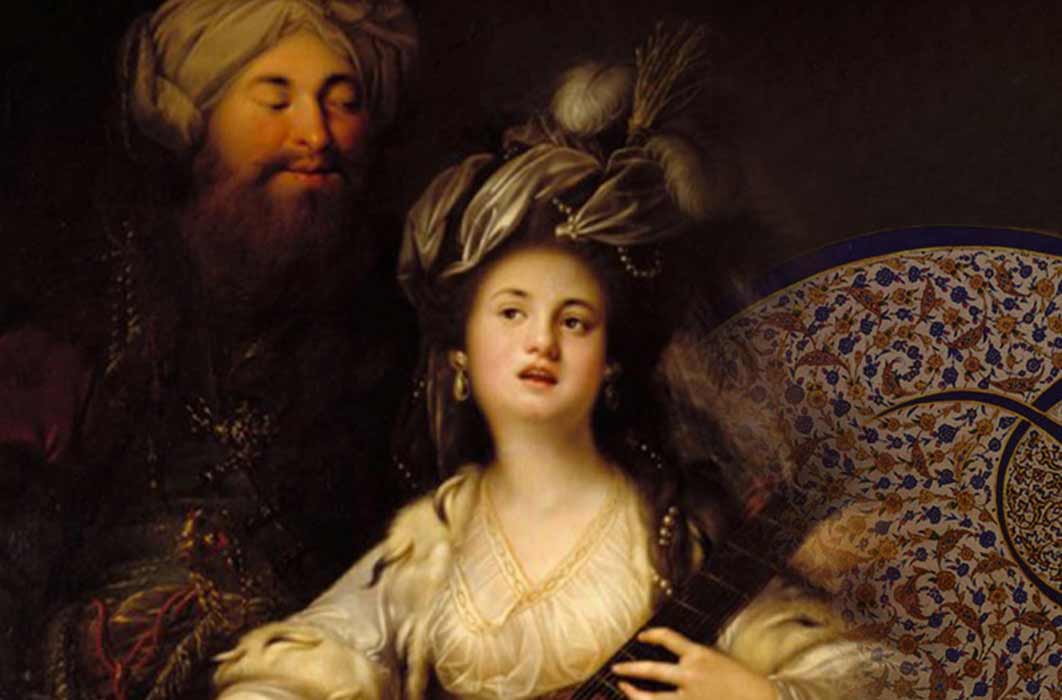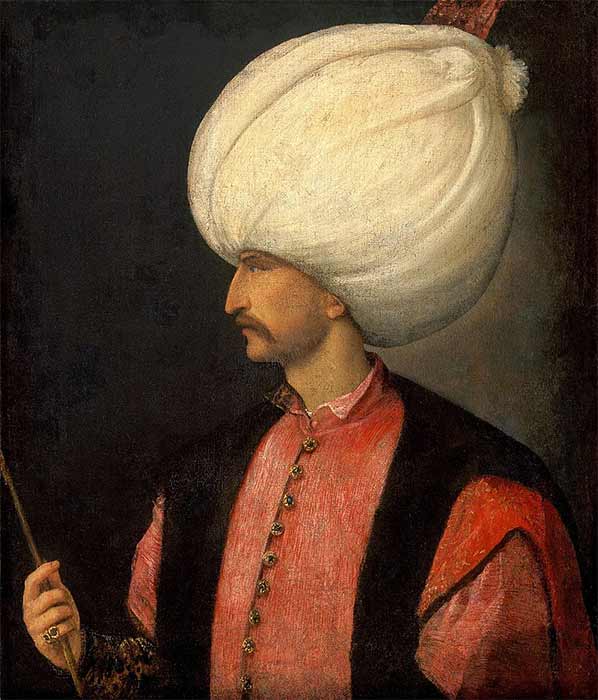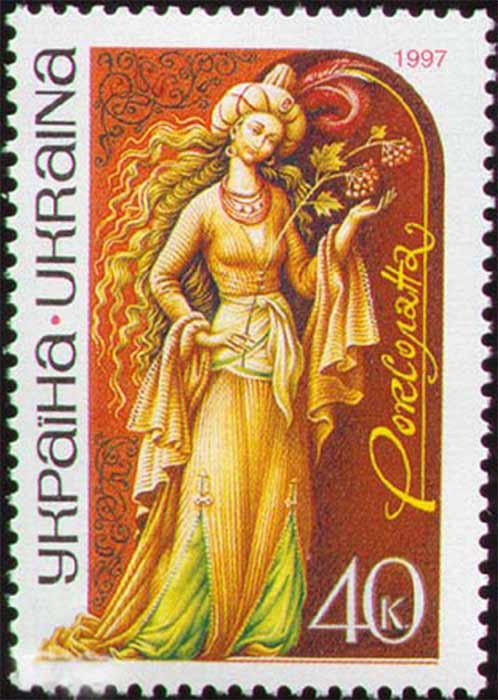
The Romance of Hurrem, The Slave Empress And Suleiman The Magnificent
During the 16th century a Christian slave, captured when only 15-years-old, shattered the traditional rules of the Ottoman Empire and through her intelligence and charm became its first Empress, Hurrem Sultan. Known throughout history in both the East and the West as a temptress, manipulator, witch, seductress, and a scheming foreigner, historians are now working to establish a truer depiction of her extraordinary life. Through novels, plays and exotic paintings her negative reputation became well established but those previous beliefs have been corrected to produce a more realistic assessment of her life and her remarkable accomplishments. Her tarnished reputation had been built mainly on rumors and secondhand accounts from those anxious to discredit her. Most women who dared to step beyond the long-established boundaries of ‘proper female behavior’ were usually condemned by society. Previously historians in the West had no actual accounts nor hard evidence, just stories and speculations that established her as a fictional conception of the European imagination. This negative image of the Turkish culture and of the Ottoman’s most famous woman, Hurrem Sultan, was transmitted to the West by travelers, diplomats and merchants; this false perception of her character endured in historical accounts of the Ottoman Empress for centuries.

Interior of the Harem at Topkapi Palace, Istanbul (Image: Courtesy Micki Pistorius)
As the famous Orientalist Edward Said in his groundbreaking book, Orientalism, stated, “The web of racism, cultural stereotypes, political imperialism, dehumanizing ideology… is very strong indeed.” The distinction between East and West is often a basis for elaborate theories, novels and social descriptions. As a cross-cultural and transnational figure, Hurrem was the ideal symbol of the ‘Exotic Female Other’. As a foreigner, a slave, a Christian and a woman with beautiful long red hair, she was inevitably evil and in possession of powerful supernatural abilities, a threatening figure in the minds of the East and the West. By researching official documents and combing through personal letters and court communications, a new and more accurate understanding of her role in the history of the Ottoman Empire has been presented recently by Ottoman scholars.

Suleiman The Magnificent by Titian - Kunsthistorisches Museum Wien (1530) (Public Domain)
Roxolana The Slave Meets Sultan Suleiman The Magnificent
Known as Hurrem Sultan in the East and Roxolana in the West, this enticing, legendary figure has finally been demythologized by historians who are still revising and rewriting her actual persona and evaluating the influence of her prominent position in the reign and private life of Suleiman the Magnificent (1494-1566). Sultan Suleiman I was considered one of the most important sultans of the Ottoman Empire which was founded around 1300 by Sultan Osman I. The Ottoman Empire is ranked among the world’s largest, most feared and most powerful dynasties; it thrived for more than 600 years.

Tribute to Roxelana on 1997 Ukrainian postage stamp (Public Domain)
Of Eastern European descent and perhaps the daughter of a Rutherian Orthodox priest, Roxolana (c.1506-1558) was captured when she was about 15, abducted by the Crimean Tatars in a slave raid on Ukraine in 1520. She was eventually taken to the slave market in Istanbul and there purchased for the imperial harem by Ibrahim Pasha, the close friend and advisor of the young crown prince Suleiman, son of Sultan Selim I. This purchase occurred close to the time of the death of his father Selim, called the Resolute. Although he had ruled for only eight years, Selim had greatly expanded the territories of the empire but died when only 49, probably from a plague. Selim’s only son Sulieman had just returned to the capital city from his provincial post as governor of Manisa to be installed as the next sultan, taking control over their huge empire. At 26 he ascended to the throne, becoming the tenth Ottoman sultan; Suleiman would rule for almost 46 years.





